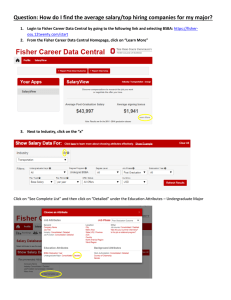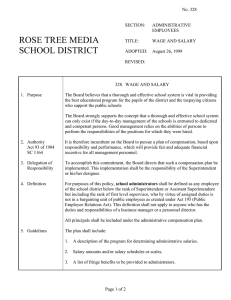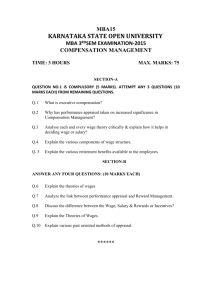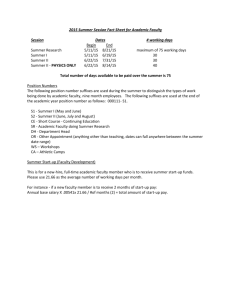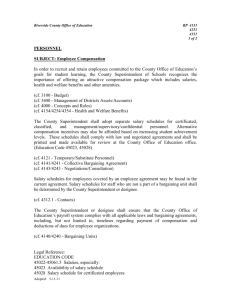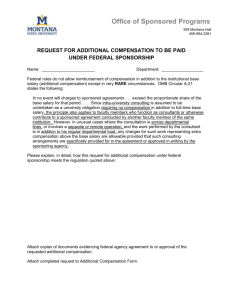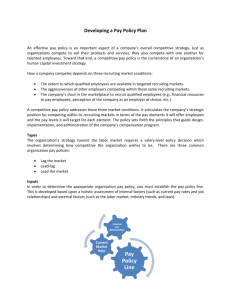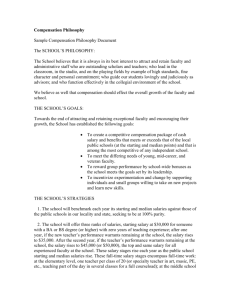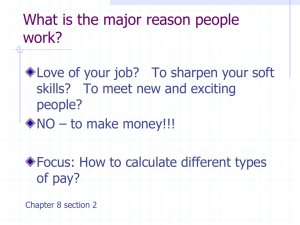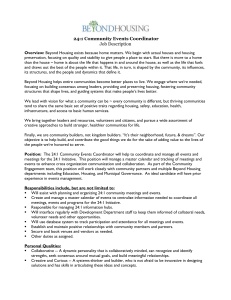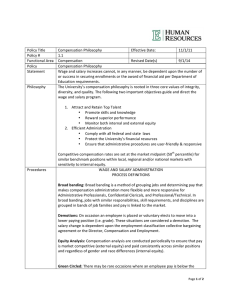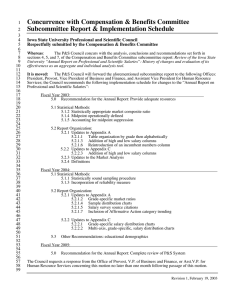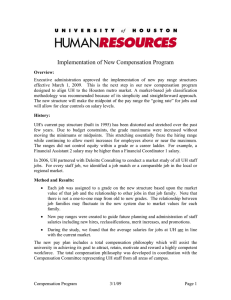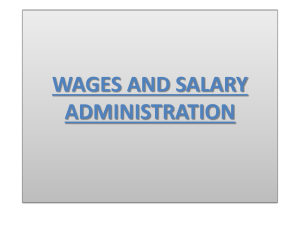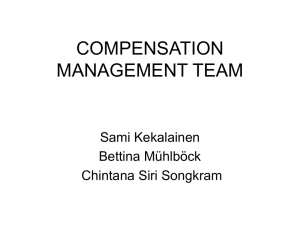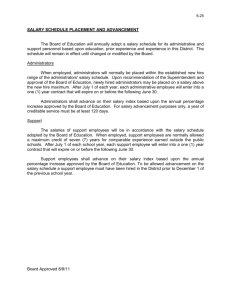Chapter 13 - Liberty Local Schools
advertisement
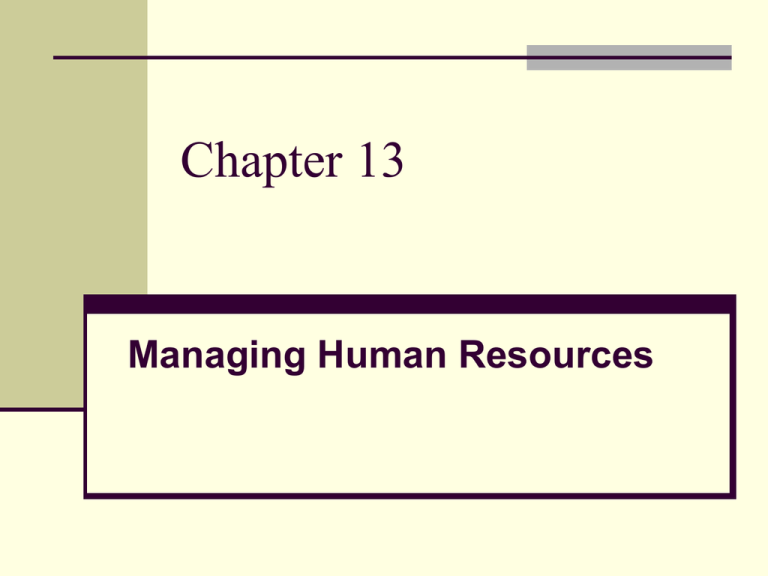
Chapter 13 Managing Human Resources Importance of Human Resources Human Resources – the people who work for a business. Human Resource Management – ensures that needed employees are available, that they are productive, paid, and satisfied with their work. Categorizing Human Resources Staffing is a vital part of human resource management. Once a person is hired, the salary must be paid whether the company is profitable or not. Permanent Employee – one to whom the company makes a long-term commitment. Temporary Employee -- one hired for a specific time or to complete a specific assignment. Full-time Employee – regularly works a schedule of 30 hours or more a week. Part-time Employee – works less time than a full-time employee by working either fewer hours each day or fewer days each week. Determining Employee Qualifications Goal is to hire people with skills that benefit the company but are not available from current employees. 2 Parts of Work Requirements in Preparation for Hiring New Workers: 1. 2. The current work of the business should be reviewed. Any new activities planned for the business should be considered. Locating New Employees Sources of Applicants for Small Businesses: Business Teachers at high schools and colleges. Career Placement Offices By Recommendation of current employees Classified ads Online Jobsites Clubs and social organizations Customers Hiring A New Employees Care should be taken to determine if the applicant is qualified for the job. (page 174, Figure 13-2) Business and technical knowledge and skills Communications and interpersonal skills Attitude toward work and customers Work experience Compensation and Benefits Compensation – the amount of money paid to an employee for work performed. 2 parts – Salary and wages Benefits Salary and wages – direct payment to an employee for work completed. Benefits – compensation in forms other than direct payment, i.e. insurance, vacations, paid parking, etc. Salary and Wages Time wage – pays the employee a specific amount of money for each hour worked. Straight salary – pays a specific amount of money for each week or month work. Financial Incentives Commission – a percentage of sales that an employee receives. Piece Rate – pay for performance. An employee receives a specific amount for each unit of work produced. Financial Incentives Base plus Incentive – combines a wage or salary with an additional amount determined by the employee’s performance. Profit sharing – employees receive their regular compensation plus a share of the profits earned by a company. Encourages a commitment to the company, teamwork and effective customer service so that profits will be high. Fringe Benefits Some required by federal and state government: Social Security, Medicare, Overtime, Workman’s Comp, Unemployment. Individual Companies – insurance plans including health, life, dental and disability. Paid Vacation Cost to company – 20% to 40% of an employee’s wages. Training and Development Training materials and manuals Experienced employees can also train new employees. New equipment training may require a hired trainer and training is given to all employees during a scheduled period of time. Outside sources: high schools, community colleges, universities, adult education classes, Small Business Administration, seminars, classes, etc.

